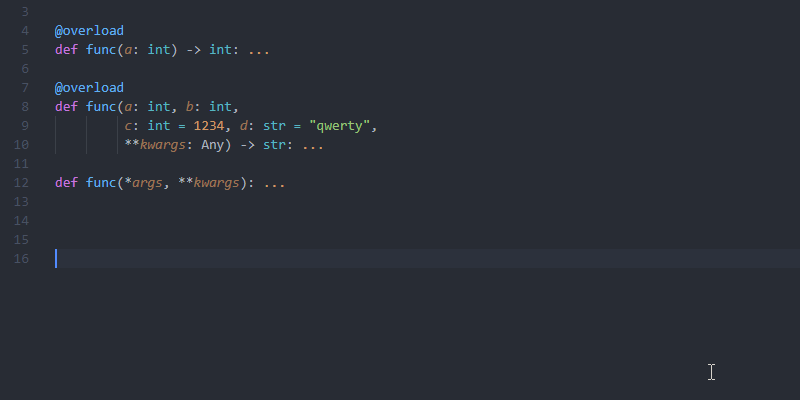
To solve the same problem we have created this guide of best Python IDE for Machine Learning. Even if we try to do so, we end up getting confused and without real time execution which could be bit problematic. Writing machine learning code without IDE is quite impossible. To get started writing your own, check out the VS Code renderer api documentation.5 Best Python Ide For Machine Learning Trending In 2021īest Python Frameworks for Machine Learning
Although the Jupyter extension comes with a comprehensive set of the most commonly used renderers for output, the marketplace supports installable custom renderers to make working with your notebooks even more productive. Extensions can now add their own specific language or runtime to notebooks, such as the. Extensibility beyond what the Jupyter extension provides. Includes a notebook diff tool, which makes it easy to compare and visualize differences between code cells, results and metadata. Any notebook file is loaded and rendered as quickly as possible, while execution-related operations are initialized behind the scenes. Fast load times for Jupyter notebook (.ipynb) files. Deep integration with the general workbench and file-based features of VS Code, such as outline view (table of contents), breadcrumbs, and other operations. Editor extensions such as VIM, bracket coloring, linters and many more are available while editing a cell. Out-of-the-box support for VS Code's wide range of basic code editing functions, such as hot output, search and replace, and code folding. 
This interface offers a number of advantages to notebook users:

The Jupyter Extension uses VS code's built-in notebook support.

To enable advanced features, modifications to the VS Code language extensions may be necessary.

Many language kernels will work without any modifications. A Visual Studio Code extension that provides basic notebook support for language kernels that are compatible with Jupyter Notebooks today.








 0 kommentar(er)
0 kommentar(er)
